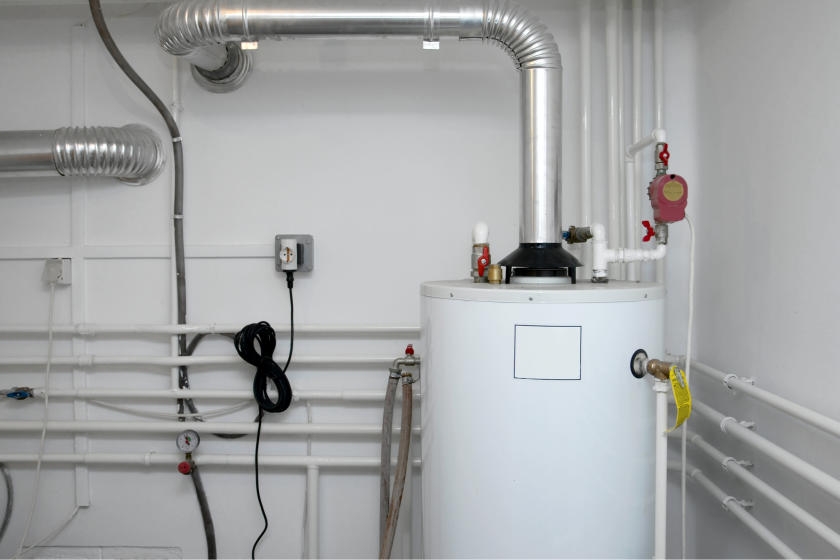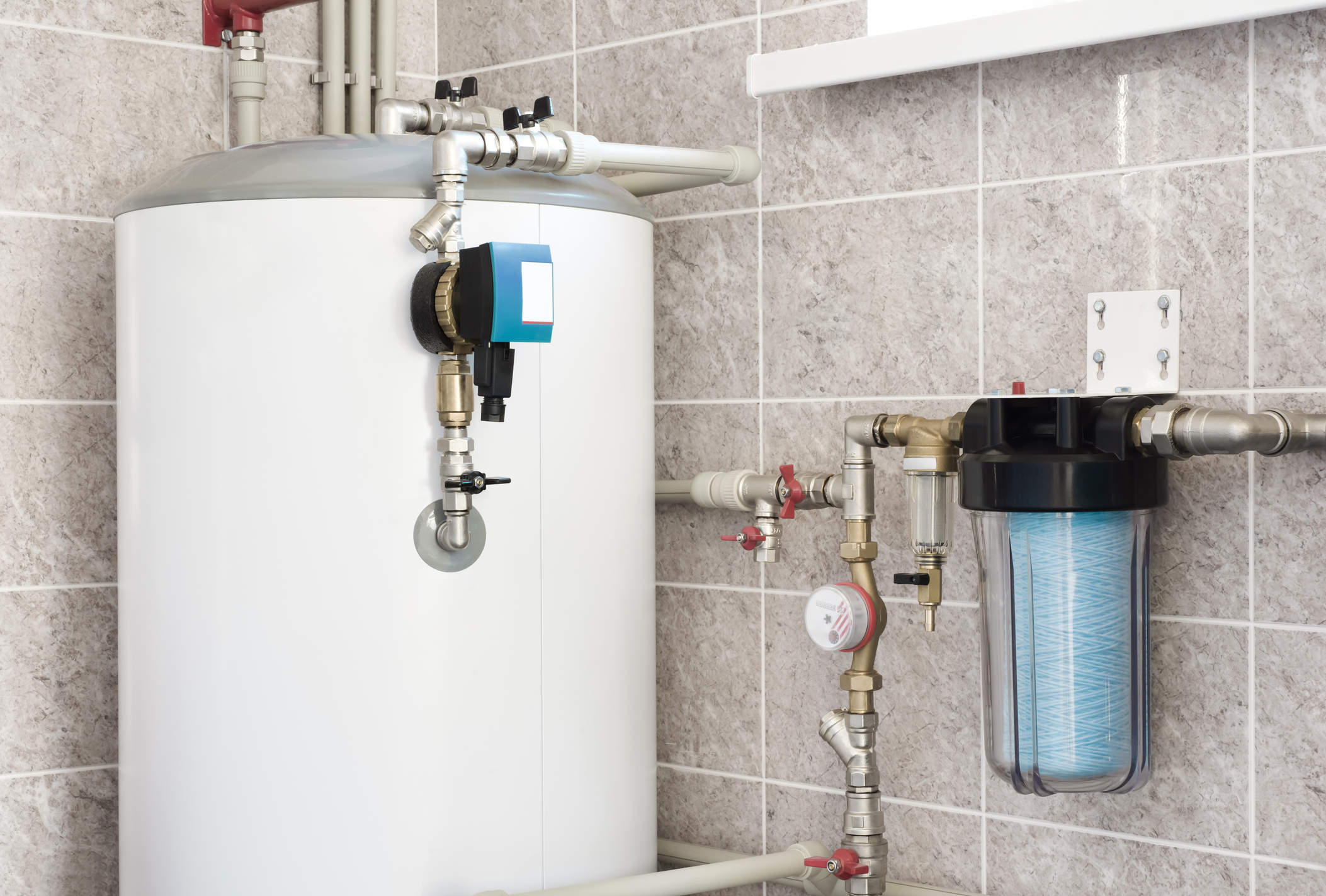This post down the page involving How to Maintain a Hot Water Heater in a Few Simple Steps is immensely stimulating. You should investigate it.

Hot water is important for daily comfort, whether it's for a rejuvenating shower or washing meals. To guarantee your warm water system runs effectively and lasts much longer, routine upkeep is crucial. This post offers functional ideas and understandings on exactly how to preserve your home's hot water system to prevent interruptions and expensive repair work.
Introduction
Maintaining your home's hot water system might seem overwhelming, yet with a few easy steps, you can ensure it runs efficiently for several years ahead. This guide covers everything from understanding your hot water system to do it yourself upkeep ideas and understanding when to contact expert help.
Importance of Keeping Your Warm Water System
Regular upkeep not only prolongs the life-span of your hot water system yet also guarantees it operates effectively. Neglecting maintenance can bring about decreased performance, higher energy costs, and even early failing of the system.
Indicators Your Hot Water System Demands Upkeep
Knowing when your warm water system needs interest can prevent significant issues. Keep an eye out for signs such as irregular water temperature, weird noises from the heating system, or rusty water.
Purging the Water Heater
Purging your hot water heater removes debris buildup, enhancing performance and extending its life.
Monitoring and Replacing Anode Rods
Anode poles prevent rust inside the container. Examining and changing them when worn out is vital.
Complex Problems Calling For Professional Aid
Examples include significant leaks, electrical troubles, or if your water heater is regularly underperforming.
Regular Professional Maintenance Conveniences
Professional maintenance can consist of thorough evaluations, tune-ups, and making certain compliance with security criteria.
Inspecting and Readjusting Temperature Settings
Changing the temperature level settings guarantees optimum efficiency and safety.
DIY Tips for Upkeep
You can execute several maintenance tasks on your own to maintain your warm water system in top condition.
Checking for Leaks
Frequently check pipelines and links for leakages, as these can lead to water damage and higher expenses.
Recognizing Your Warm Water System
Before diving into maintenance tasks, it's valuable to recognize the standard parts of your hot water system. Generally, this includes the water heater itself, pipes, anode poles, and temperature level controls.
Monthly Maintenance Tasks
Routine monthly checks can assist capture minor concerns prior to they escalate.
Evaluating Stress Alleviation Valves
Testing the pressure safety valve guarantees it operates correctly and avoids extreme stress build-up.
Insulating Pipes
Protecting hot water pipelines minimizes warm loss and can save energy.
When to Call an Expert
While DIY maintenance is beneficial, some issues require professional expertise.
Verdict
Normal upkeep of your home's warm water system is vital for effectiveness, durability, and cost savings. By adhering to these pointers and recognizing when to look for expert help, you can ensure a reliable supply of warm water without unforeseen disruptions.
How to Maintain an Instant Hot Water Heater
Before tinkering with your hot water heater, make sure that it’s not powered on. You also have to turn off the main circuit breaker and shut off the main gas line to prevent accidents. Also turn off the water valves connected to your unit to prevent water from flowing into and out of the appliance. 2. When you’re done, you have to detach the purge valves’ caps. These look like the letter “T†and are situated on either side of the water valves. Doing so will release any pressure that has accumulated inside the valves while at the same time avoid hot water from shooting out and burning your skin. 3. When the purge valves’ caps are removed, you have to connect your hosing lines to the valves. Your unit should have come with three hoses but if it didn’t, you can purchase these things from any hardware or home repair shops. You can also get them from retail stores that sell water heating systems. Read the user’s manual and follow it to complete this task properly. When the hosing lines are connected, open the purge port’s valves. 4. You should never use harsh chemical cleaners or solutions when cleaning your unit. Make use of white vinegar instead. It should be undiluted and you’ll probably use about 2 gallons. 5. Now flush your water heater. This task should probably take about 40 minutes. We can’t give you specific directions for this because the procedure is carried out depending on the type, model and brand of your heater. With that being said, refer to the user’s manual. 6. When you’re done draining the unit, you have to turn off the purge port valves again. Remove the hosing lines that you earlier installed on each of the water valves. Put the valve caps (purge port) back in their respective places and be very careful so as not to damage the rubber discs that are found inside these caps. 7. Now that everything’s back in place, check your user’s manual again to find out how to reactivate your water heating system. 8. Once it is working, turn one of your hot water faucets on just to let air pass through the heater’s water supply pipes. Leave the tap on until water flows smoothly out of it. https://www.orrplumbing.com/blog/2014/september/how-to-maintain-an-instant-hot-water-heater/

We were brought to that write-up about Water Heater Maintenance Tips You Can't Afford to Forget from an associate on our other web property. Kindly take the opportunity to share this post if you appreciated it. Thanks a lot for your time. Return soon.
Call Today